Traditional Costume
Music and Dance
Art and Craft
Sport
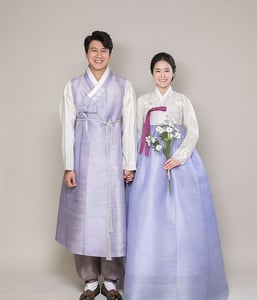

Hanbok (한복) is the traditional attire of Korea, known for its vibrant colors, simple lines, and flowing fabrics. It has been worn by Koreans for thousands of years and remains a symbol of Korean culture, especially during traditional festivals, ceremonies, and special occasions. Although modern-day Koreans wear Western-style clothing in daily life, the hanbok is still worn during holidays such as Chuseok (Korean Thanksgiving) and Seollal (Lunar New Year), as well as weddings, first birthdays, and other significant events.
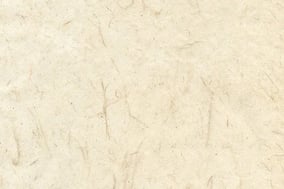

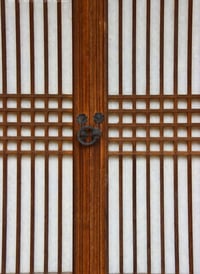

Hanji is traditional handmade paper made from the inner bark of the mulberry tree, known for its durability, texture, and versatility. Hanji has been used for centuries in Korean calligraphy, painting, and crafts.
This is highly valued for its practical uses and its symbolic role in Korean culture, representing resilience, longevity, and artistry.
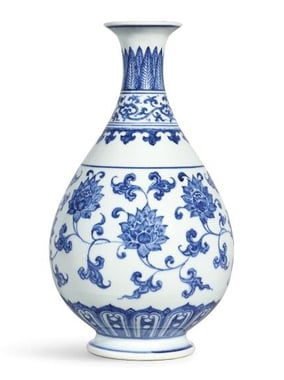

Celadon pottery (Cheongja, 청자), known for its jade-green glaze, is one of Korea’s most famous ceramic traditions, particularly during the Goryeo Dynasty (918–1392). This pottery often features intricate inlay designs depicting nature, such as cranes, lotus flowers, and clouds
The pottery is created using a unique inlay technique where designs are carved into the clay and then filled with white or black slip before being glazed.
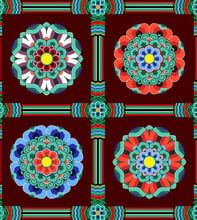

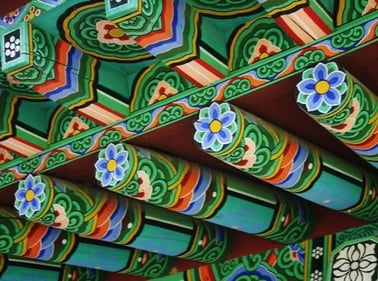

Dancheong (단청) refers to the traditional art of painting colorful patterns on wooden structures, such as palaces, temples, and pagodas. These vibrant designs often feature geometric patterns, flowers, and mythical creatures.
Dancheong adds beauty and protection to wooden buildings, helping preserve them from the elements.
This symbolizes the colors and patterns often have symbolic meanings, such as protection, harmony, and spiritual significance.
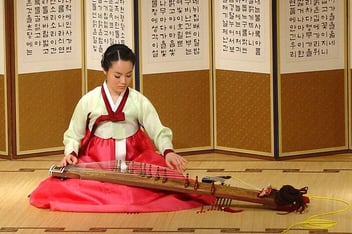

Gayageum (가야금), 12-string zither that produces soft, mellow sounds. It’s one of Korea’s most iconic instruments.
The gayageum is traditionally played in slow, meditative court music styles such as Jeongak, which emphasizes elegance, grace, and refined expressions.
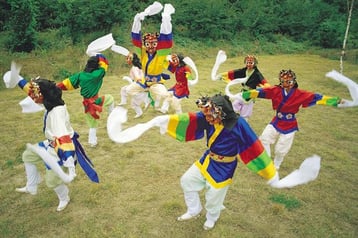

Talchum (탈춤), is a traditional mask dance-drama that combines dance, music, and theatrical performance. It often involves satirical portrayals of different societal roles, such as noblemen, monks, and commoners, and is known for its humor, social commentary, and lively energy.
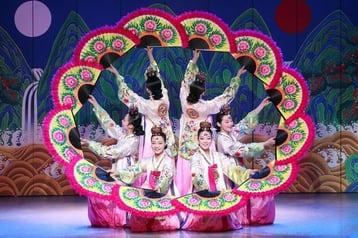

Buchaechum (부채춤), or fan dance, is one of the most visually stunning traditional Korean dances. Dancers use large, vibrant fans painted with peonies to create beautiful, flowing movements that mimic natural elements like waves, flowers, and butterflies.
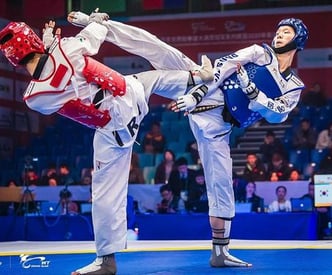

Taekwondo (태권도), which translates to "the way of the foot and the hand," is South Korea’s most famous martial art and one of the country’s key cultural exports. Known for its emphasis on high, fast kicks, spinning kicks, and dynamic footwork, Taekwondo is both a traditional practice and a global sport.

